Table of Contents
Father of computer science
The father of computer science is a person named Alan Turing. He was born in 1912 and died in 1954, but he made significant contributions to the field before his death. He is considered one of the most important mathematicians of all time and is known for his invention of the machine called “The Turing Machine,” which allowed computers to calculate complex mathematical problems.
The invention of computer science has had many benefits for society because it allows for quicker processing speeds, increased storage capabilities, and faster communications between computers. This has led to many new innovations, such as virtual reality headsets, which allow users to immerse themselves in a virtual world by wearing a head-mounted display device connected by wires or via wireless technology; this would not be possible if it wasn’t for computer science inventions like these.
Theories of Alan Turing’s
The theory of computability is one of the most influential concepts in computer science. It has helped to establish the field, and it has also been instrumental in helping us understand how computers work at a fundamental level.
Turing’s theory of computability states that there are problems that are beyond our ability to solve using only written instructions. In other words, these problems will always be “incomputable.”
This was a revolutionary idea at the time it was first proposed—it meant that there were things about the world that we couldn’t ever know about unless we could somehow read minds or use magic powers. But Turing’s idea has stood up to scrutiny over time.
Today, we know that there are many computable problems and many incomputable problems—and we can go beyond just reading minds and using magic powers when we want to understand how computers work!
1.Turing machines are a physical representation of the human mind. This theory is based on the fact that computers are not able to think or reason like humans, but they can do things that humans can’t do, like recognize patterns and solve problems.
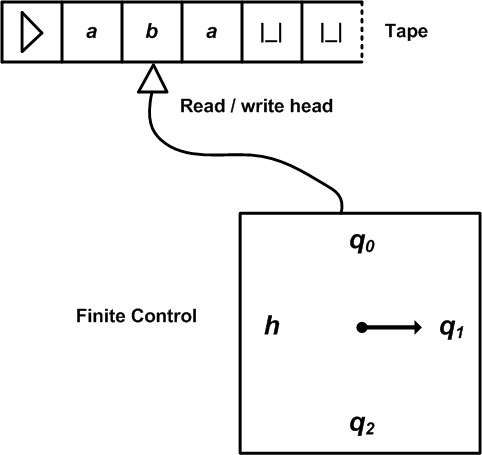
2.Turing mac1. Turing Machine Theory: This theory states that any computation can be performed by a machine that follows a set of simple, predefined instructions. The Turing Machine is an abstract computing device comprising a read/write head, a tape, and a set of instructions. It is capable of simulating any other computational device, including a universal computer.
3.Turing Test Theory: This theory proposes that a machine can be judged to be intelligent if it can pass a test of human-like intelligence. This test, designed by Turing, consists of a human judge interacting with two entities, one of which is a machine and the other a human. The judge then has to decide which is which.
4.Universal Turing Machine Theory: This theory posits that any computation can be performed by a universal Turing machine, which is a machine that is capable of simulating any other Turing machine. This theory is based on the idea that any computation can be represented as a set of instructions and that a universal Turing machine can interpret and execute any set of instructions.
5. Church-Turing Thesis: This theory states that any function that can be computed by a human can also be computed by a Turing machine. This thesis is based on the idea that any algorithm can be represented as a set of instructions and that any Turing machine can interpret and execute any set of instructions.
Hines have no physical bodies and don’t need to be physically constructed in order to work; they exist in our minds alone. This theory is based on the fact that computers are not able to think or reason like humans, but they can do things that humans can’t do, like recognize patterns and solve problems.
6. A Turing machine is a combination of hardware and software designed to mimic human thought processes; it uses representational logic to perform mathematical calculations through simple mechanical means (such as gears and levers). This theory is based on the fact that computers are not able to think or reason like humans, but they can do things that humans can’t do, like recognize patterns and solve problems.
7.Theory of Computation: The idea that a computer can only be in one state at a time.
8.Theory of Mathematics: The idea that there are infinite numbers and sets, which are not always finite.
9.Theory of Information: The idea that the meaning of information is non-physical and depends on the context it is used in.
Alan Turing’s inventions
Alan Turing is one of the most influential figures in the history of computing. This is largely because he invented the concept of artificial intelligence (AI) and gave us a new way to think about machines that seem more like people than just machines.
He developed the Turing Test as a way to measure a machine’s intelligence and was a key figure in the development of the first computers. Turing also made significant contributions to cryptanalysis during World War II, helping the Allies break some of the most difficult German codes.
Thanks to Turing’s work, computers are now able to learn and make decisions, and AI is now a powerful tool for solving complex problems. Turing’s legacy is still present in the world of computing, and his ideas and contributions continue to shape our understanding of technology.
He also made some other important contributions, including his work on integer factorization and his suggestions for a universal computing machine. But what really made him stand out was his work on cracking the Enigma code during World War II. That work has been credited with helping shorten the war by several years.
Turing’s other inventions include an early computer program that helped him predict how long it would take a human to solve certain problems, as well as the machine called ACE—which stands for Automatic Computing Engine—that could answer questions from users instantly!
1.Turing Machine: This invention is often considered to be the foundation of modern computing. It is a theoretical machine that is able to perform any task that can be represented as an algorithm. Turing was the first to describe the machine, and it is now known as the “universal Turing machine”.
2.BOMBE: This invention was a cryptographic device used to break the German Enigma machine codes during World War II. It was the first automated cryptanalytic machine and was crucial in the Allies’ victory.
3.Turing Test: This test is used to evaluate the intelligence of a machine by seeing if it can interact with a human as if it were a real person. It is still used today to evaluate the capabilities of artificial intelligence.
4.Artificial Intelligence: Turing is often credited as the founder of artificial intelligence. He proposed that machines could be built to think in the same way that humans do and that they could even be taught to learn.
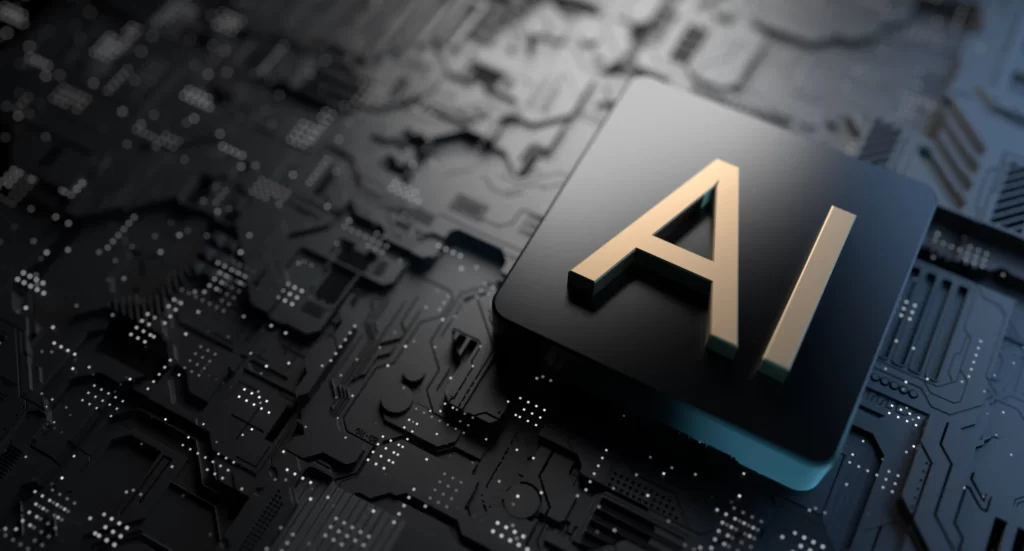
What are the benefits of Alan Turing’s inventions that help in real life?
The first one is the digital computer. This invention was made to help with military uses, but it has also been used for other purposes. One example is when a computer is used to solve a problem. Another example is when a computer can do calculations faster than a person could do them.
The next invention that Alan Turing made was the Colossus computer which was used during World War II. This machine could complete calculations in seconds instead of hours or days like other computers at the time. The Colossus was so fast that it could even beat human chess players!
Another invention by Alan Turing is the Bombe machine which helps decrypt messages sent by German spies during World War II. This machine helped uncover many messages sent by German spies who were trying to send information about important events happening in Britain, such as troop movements and air raids in cities like London and Coventry (Turing).
1.Improved Computing Capabilities: Alan Turing’s invention of the Turing machine, a theoretical device capable of computing any mathematical problem, provided a foundation for modern computing and paved the way for the development of computers.
2. Artificial Intelligence: Turing’s work on artificial intelligence laid the groundwork for the development of sophisticated computer algorithms and problem-solving programs.
3. Cryptography: Turing’s work on codebreaking during World War II helped crack the German Enigma code, providing a major advantage for the Allies and proving the value of cryptography.
4. Cyber Security: Turing’s work on cryptography and codebreaking has provided a great deal of insight into security and privacy, helping to protect our online information.
5. Natural Language Processing: Turing’s work on natural language processing led to the development of sophisticated computer algorithms that can understand and respond to human language.
A Final Thought
Who Is The Father Of Computer Science Turing’s article is a great read for anyone who is interested in the history of computing, but it also speaks directly to us today. It’s a reminder that the greatest minds of their time were thinking about the same things we are: what is the future of computing? What will be the next big thing? We may not have all of those answers yet, but I think that’s part of what makes this topic so exciting.
Also, read MLA meaning in Hindi

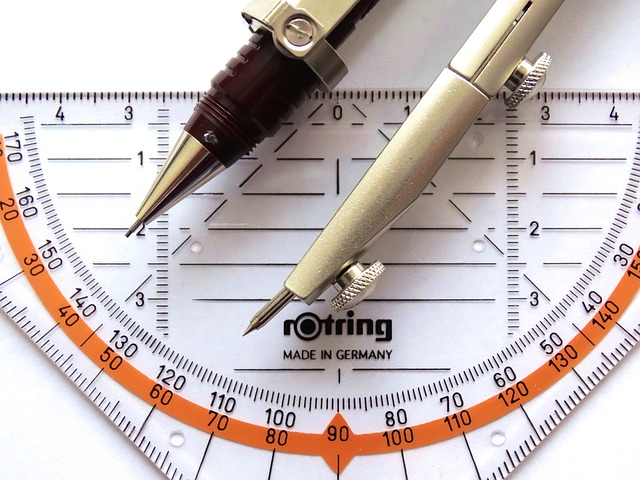
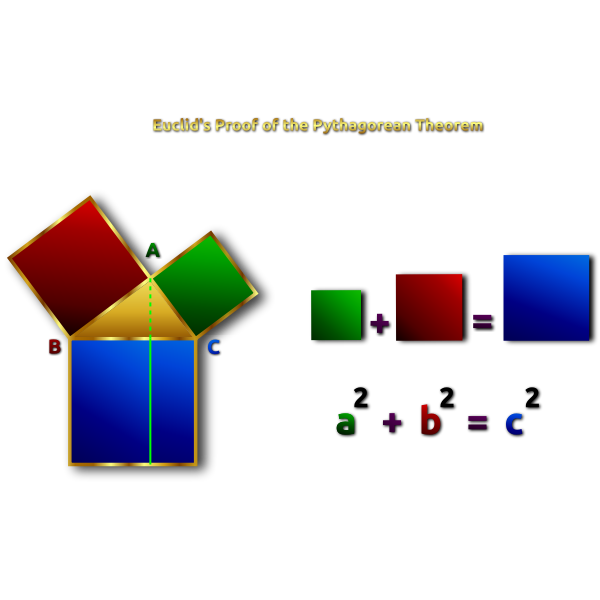


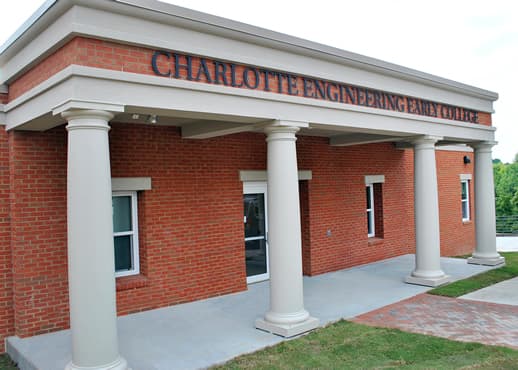
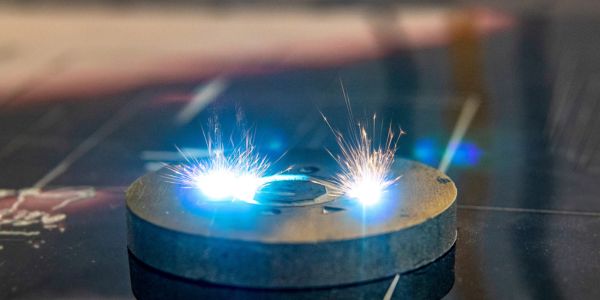

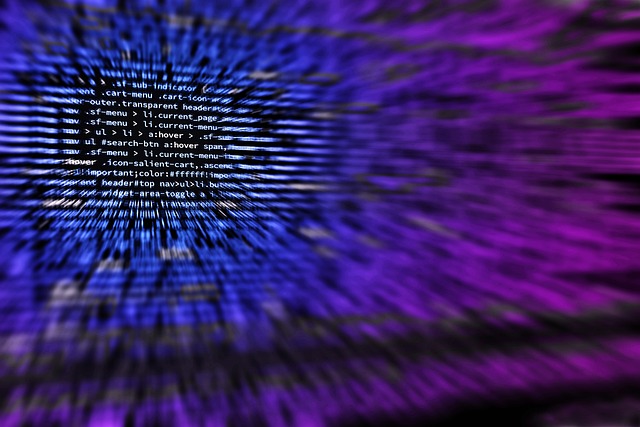
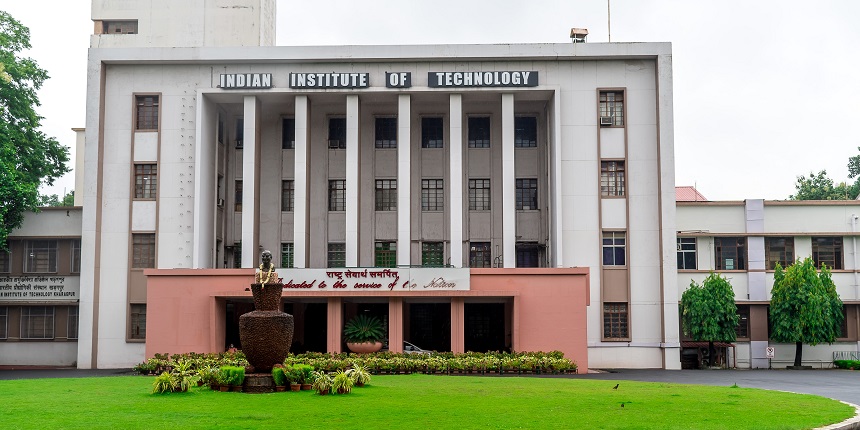
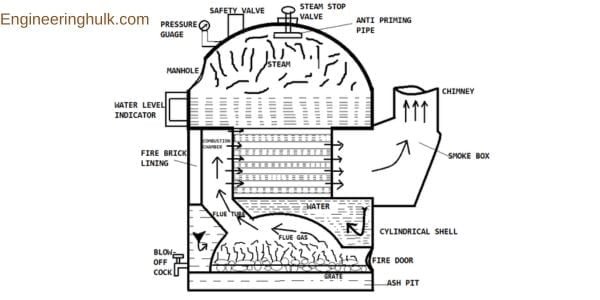
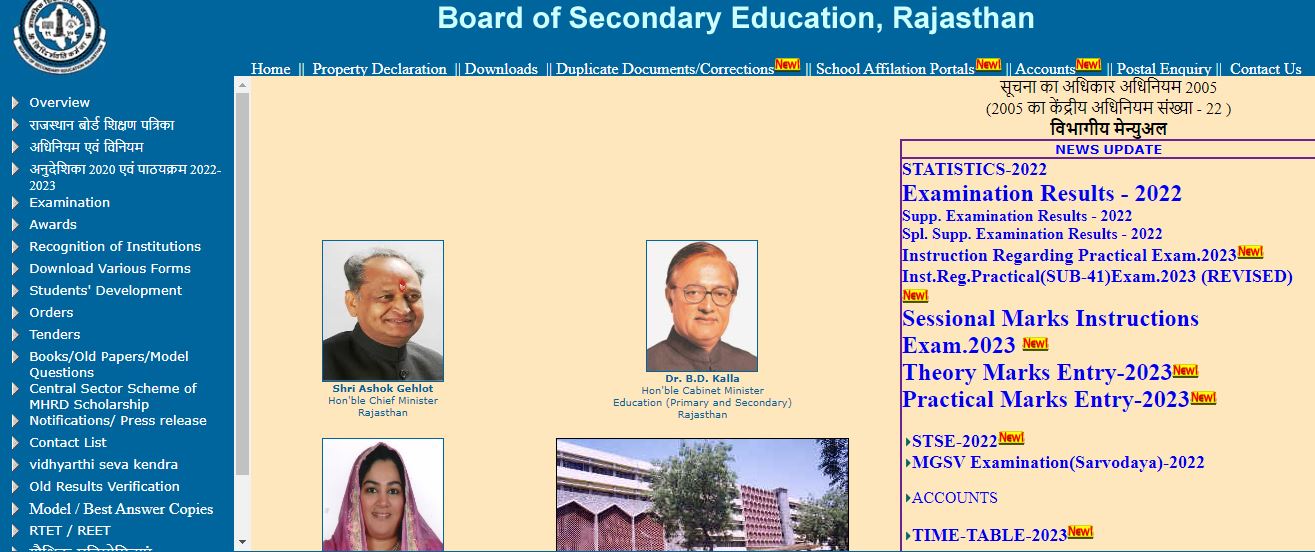
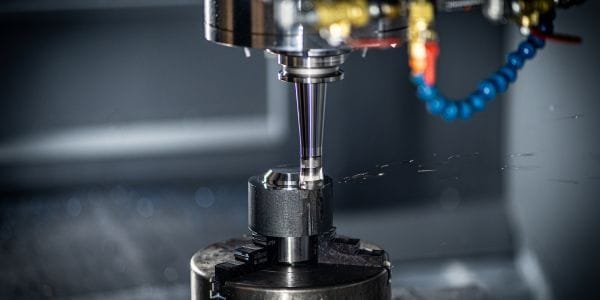

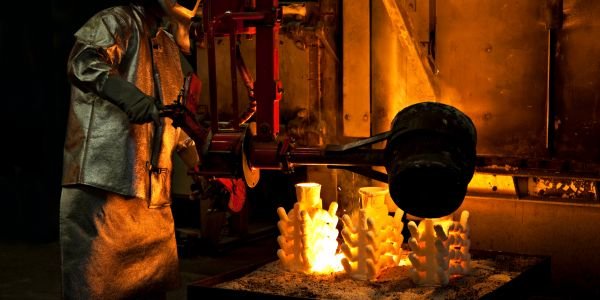
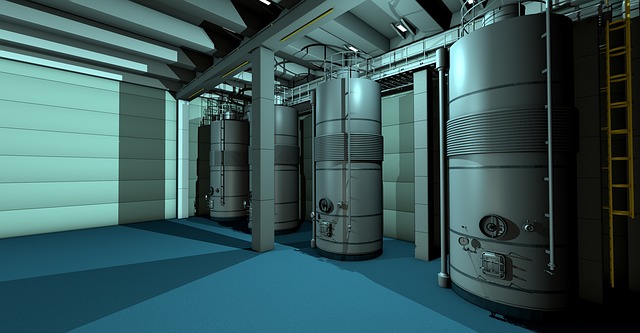
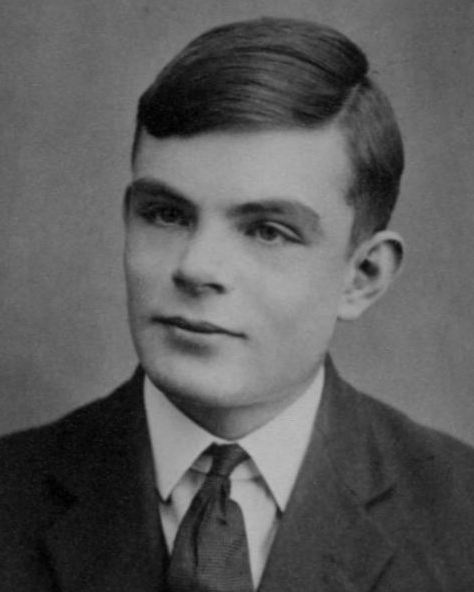


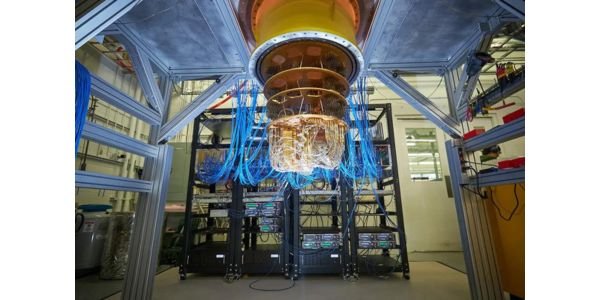
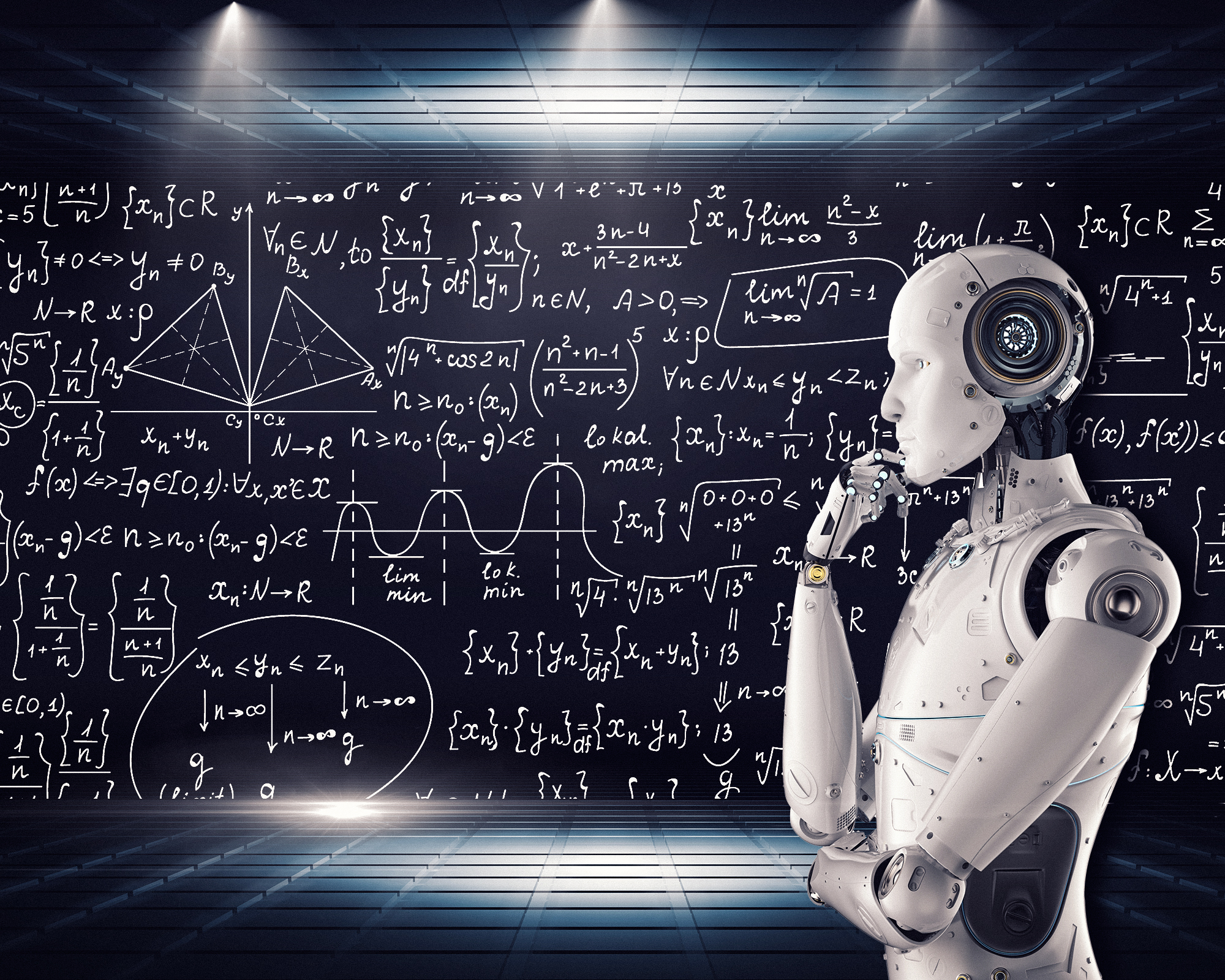

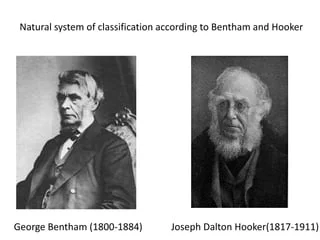
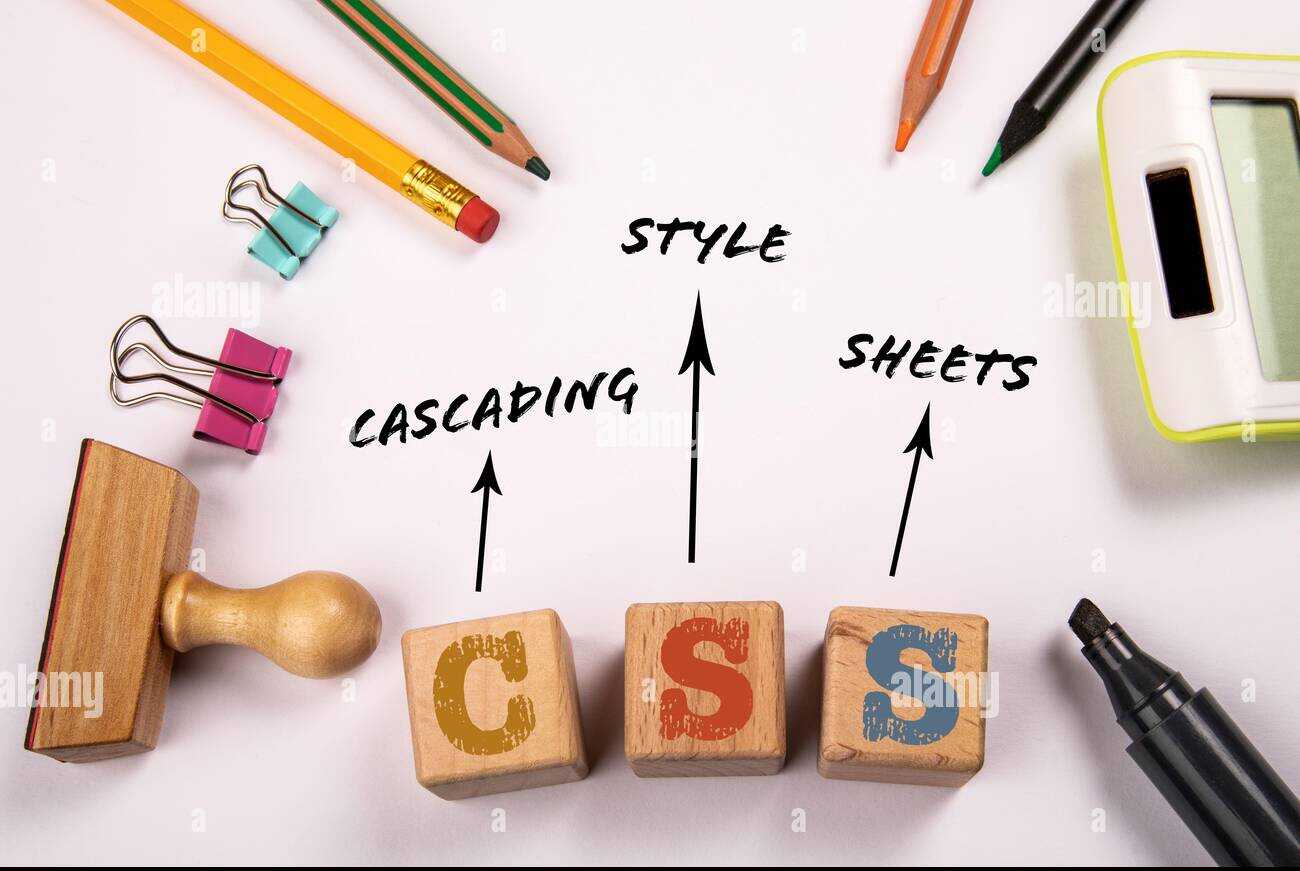


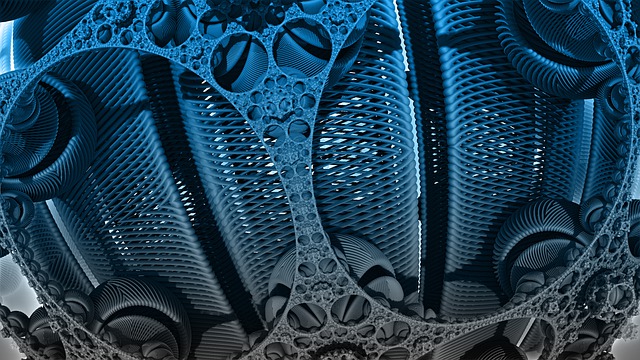

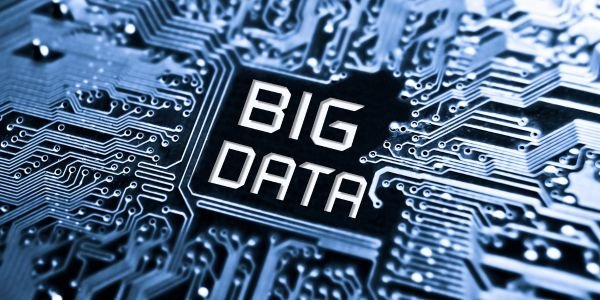

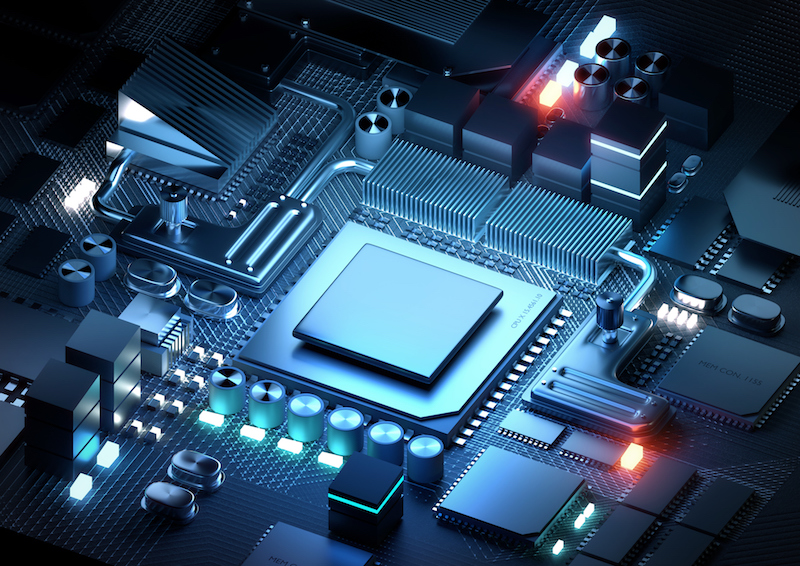

Comment on “Who is the father of computer science”
Comments are closed.